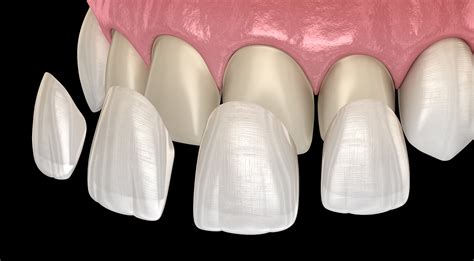Gums Bleeding When Flossing: Causes Revealed
Bleeding gums during flossing can be a concerning symptom, often leading individuals to wonder about the underlying causes and whether this is a sign of a more serious oral health issue. The experience of gums bleeding when flossing is more common than one might think, and it can stem from a variety of factors, ranging from mild to severe. In this comprehensive guide, we will delve into the reasons behind bleeding gums, exploring both the immediate and deeper causes, as well as discussing what steps can be taken to address and prevent this issue.
Immediate Causes of Bleeding Gums
Poor Dental Hygiene: One of the most common reasons for bleeding gums is the accumulation of plaque and tartar along the gum line. When not adequately removed through daily brushing and flossing, these substances can lead to inflammation and infection of the gums, known as gingivitis. Flossing, in such cases, can cause irritation, resulting in bleeding.
Aggressive Flossing Technique: The manner in which flossing is performed can also contribute to bleeding gums. Being too aggressive with the floss, or using a sawing motion, can damage the gums and cause them to bleed.
New to Flossing: Individuals who have recently started flossing, especially after a period of not doing so, may experience bleeding gums. This is because the gums are not accustomed to the flossing action and may be more inflamed due to the sudden removal of plaque.
Underlying Health Issues
Gingivitis and Periodontitis: Beyond the immediate causes, bleeding gums can be a symptom of more serious gum diseases like gingivitis and periodontitis. These conditions require attention from a dental professional to prevent further complications, including the loss of teeth.
Systemic Health Conditions: Certain systemic health conditions, such as diabetes, can increase the risk of developing gum disease, thereby leading to bleeding gums during flossing. The relationship between diabetes and gum disease is bidirectional, meaning that diabetes can increase the risk of gum disease, and conversely, gum disease can make it more difficult to control blood sugar levels.
Nutritional Deficiencies: Deficiencies in vitamins and minerals, particularly vitamin C and calcium, can affect the health of the gums, making them more susceptible to bleeding.
Hormonal Changes: Hormonal fluctuations during pregnancy, menopause, or puberty can affect the gums, making them more sensitive and prone to bleeding.
Addressing and Preventing Bleeding Gums
Addressing bleeding gums involves a combination of good oral hygiene practices, professional dental care, and in some cases, addressing underlying health conditions.
- Regular Dental Hygiene: Practicing thorough yet gentle brushing and flossing techniques, ideally twice a day, can prevent the buildup of plaque and tartar.
- Professional Dental Cleanings: Regular visits to a dental hygienist for professional cleanings can help remove tartar and prevent gum disease.
- Soft-Bristled Toothbrush and Gentle Flossing: Using a soft-bristled toothbrush and flossing gently can reduce irritation to the gums.
- Antibacterial Mouthwash: In some cases, using an antibacterial mouthwash can help reduce plaque, gingivitis, and gum inflammation.
- Balanced Diet: Maintaining a balanced diet rich in fruits, vegetables, and whole grains, along with adequate hydration, supports overall health, including the health of the gums.
Conclusion
Bleeding gums when flossing can be a warning sign of both minor and major oral health issues. By understanding the underlying causes, adopting good oral hygiene practices, and seeking professional dental advice when necessary, individuals can prevent and address bleeding gums, contributing to a healthier, happier smile. Regular monitoring and adjustments to dental care routines can significantly impact gum health, turning a symptom of concern into an opportunity for improved overall well-being.
How often should I floss to prevent bleeding gums?
+Flossing once a day, preferably before brushing your teeth at night, is recommended to remove food particles and plaque that can cause gum inflammation and bleeding.
Can bleeding gums be a sign of an underlying health issue?
+Yes, bleeding gums can be associated with systemic health conditions such as diabetes, and hormonal changes. It’s essential to consult with a healthcare professional to rule out any underlying conditions that may be contributing to bleeding gums.
How can I prevent bleeding gums when I first start flossing?
+Start with gentle flossing motions, and consider using a floss pick or interdental floss that can be easier on the gums. Gradually increase the frequency and thoroughness of your flossing as your gums become healthier and less sensitive.


